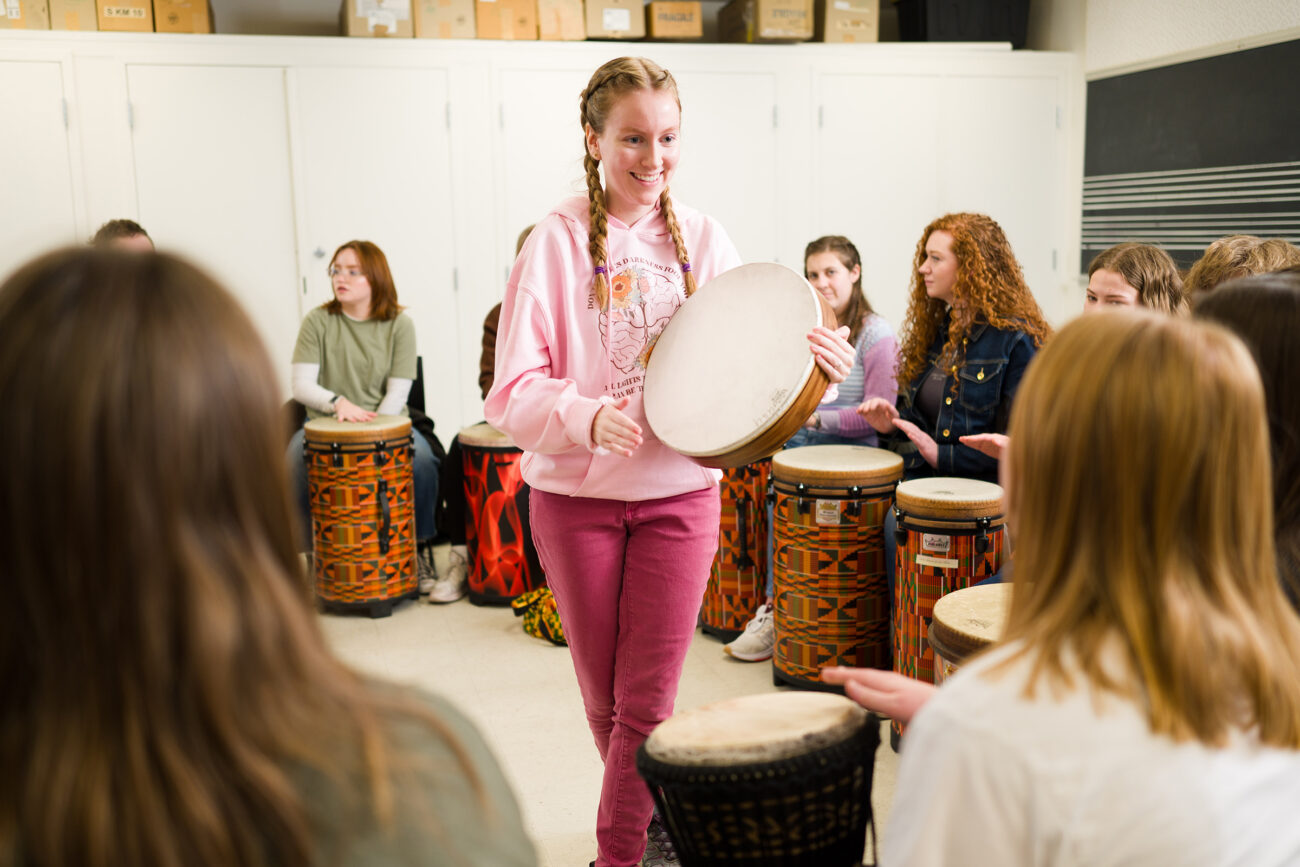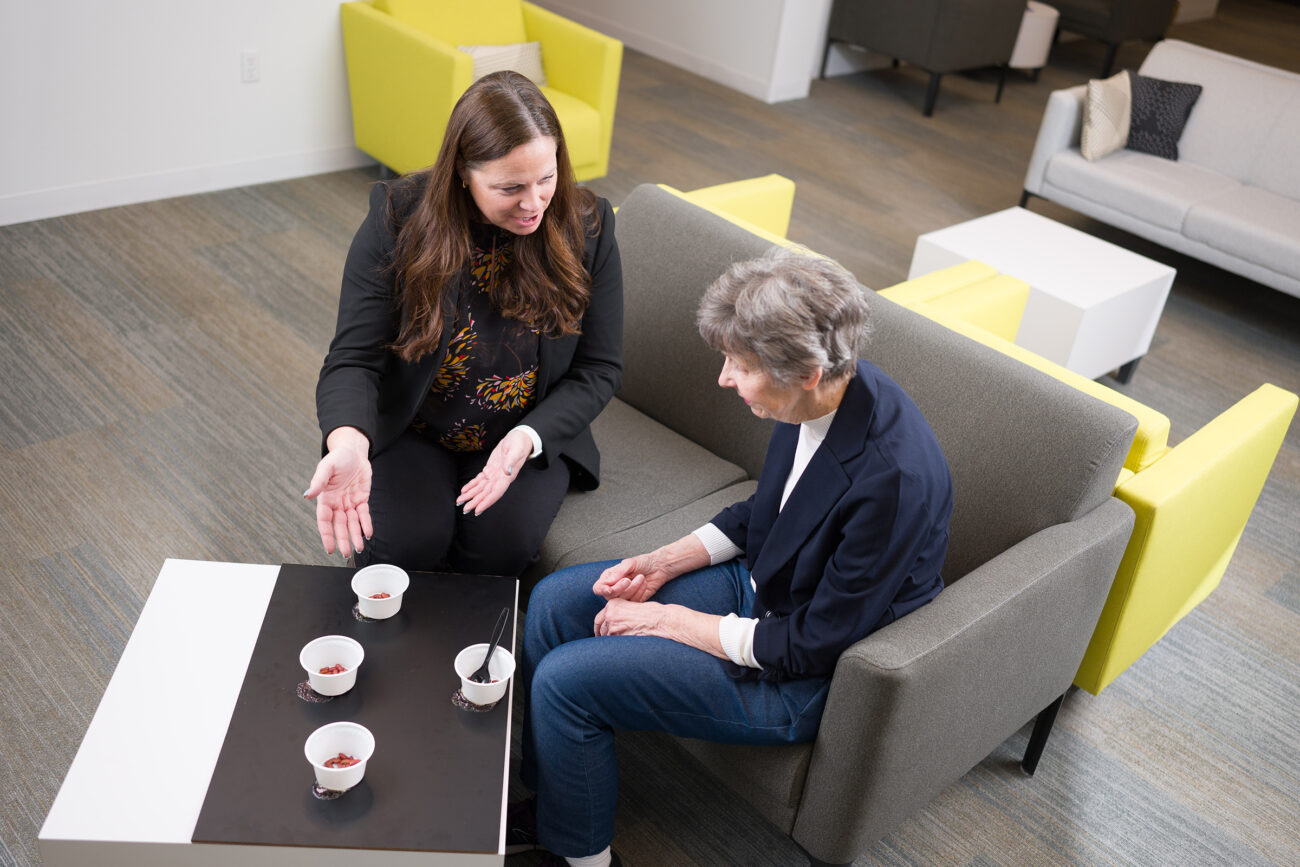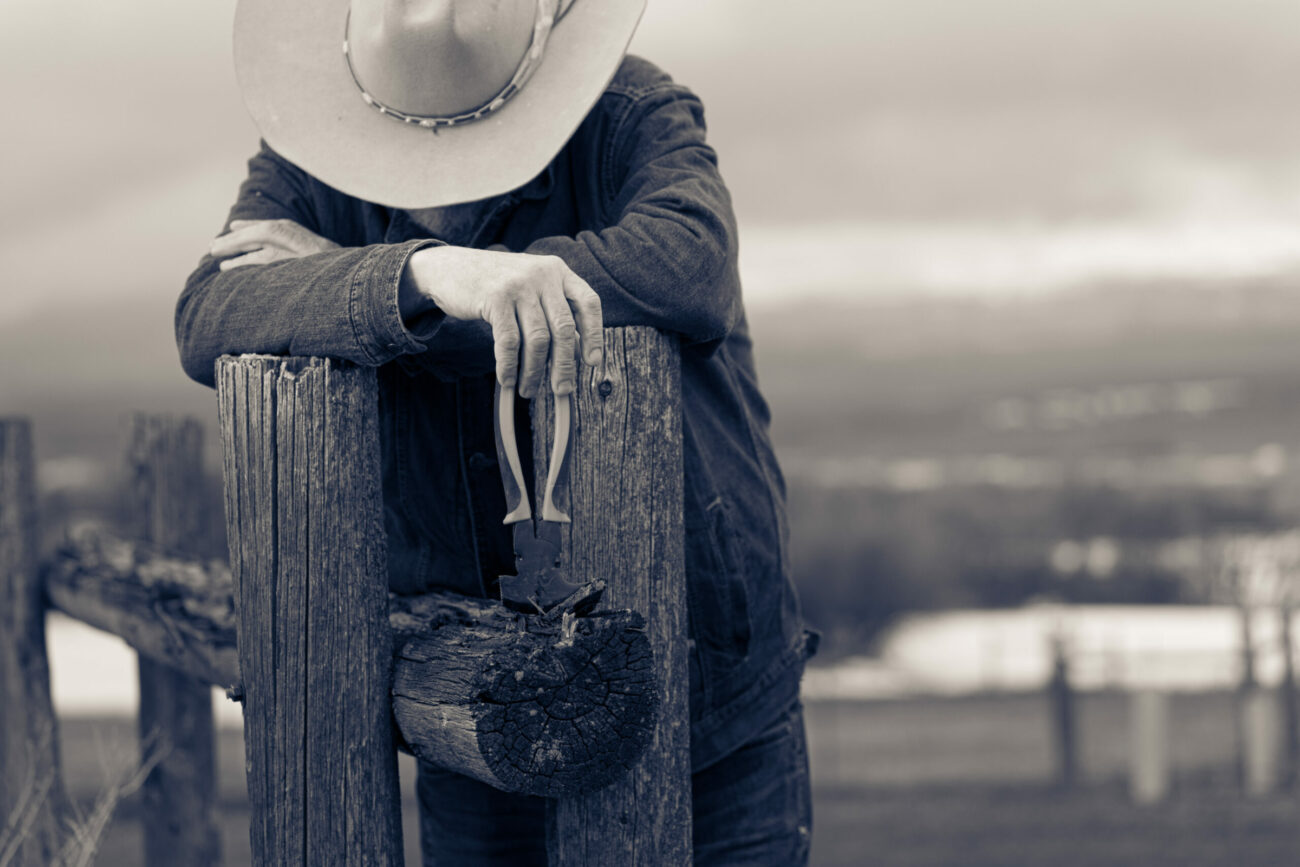Sensing a More Sustainable Path for Agriculture
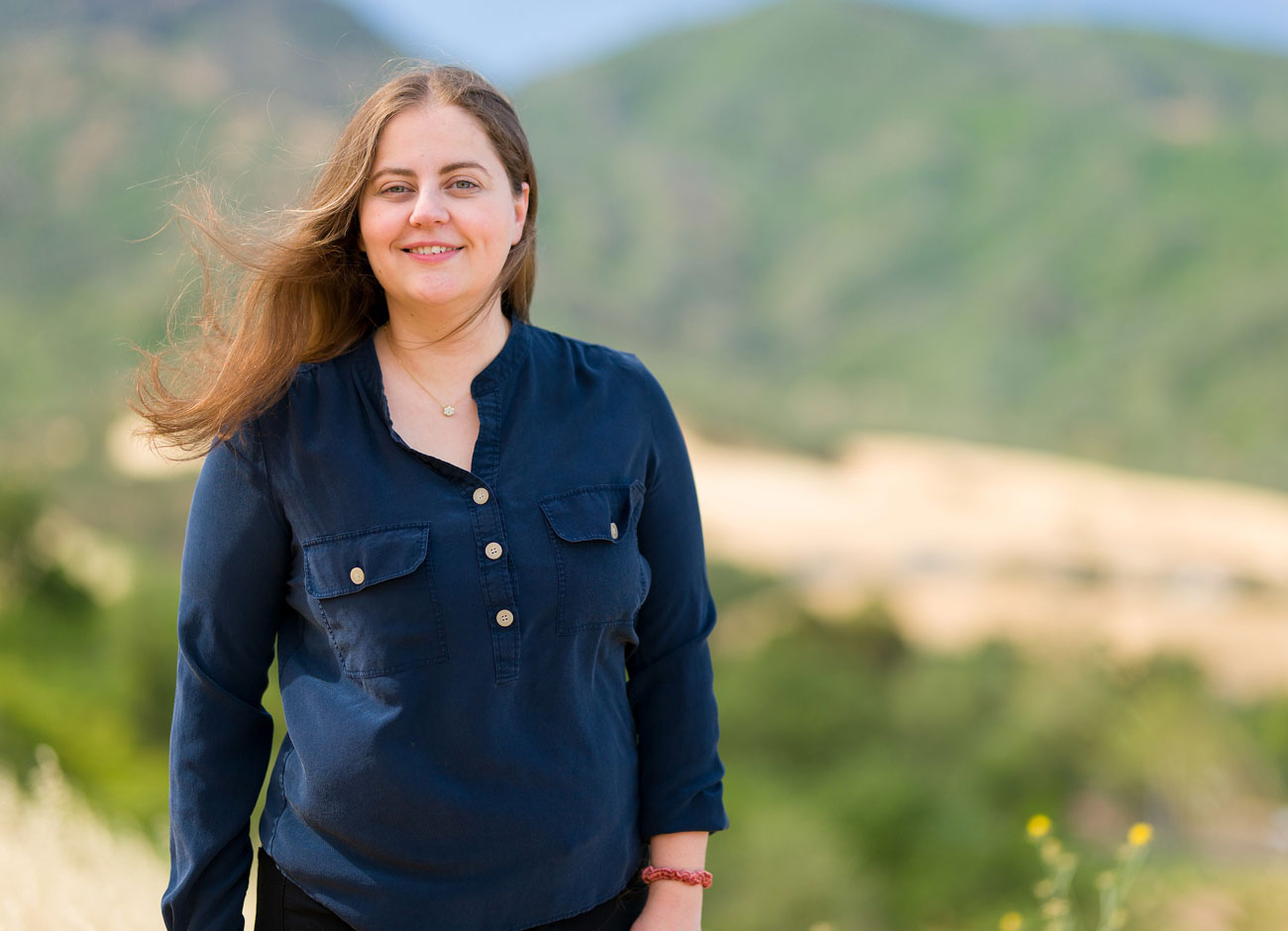
Manal Elarab’s career has taken her quite literally across the globe.
And while her career path has evolved over the years, from agronomy to irrigation, to precision agriculture, to regenerative growing practices, one thing has always tied her work together — land.
Elarab, ’15, was born in the Bekaa Valley, a prolific agricultural region in Lebanon. She first learned about Utah State University when earning her master’s in irrigation sciences at the American University of Beirut. Her advisor Musa Nimah was a USU graduate and this exposure led Elarab to set a goal to join the university.
It was during this time that she met Mac McKee, then director of the Utah Water Research Laboratory, who told her about the remote sensing research team he was putting together. Elarab says his passion and excitement confirmed that she wanted to be an Aggie.
“I was very impressed with his extensive global experience in the industry and his contributions to science,” she says. “When I met him, I saw a potential mentor that could shape my learning experience beyond textbooks and research.”
Elarab came to USU to earn a Ph.D. in remote sensing and precision agriculture, where McKee served as her advisor. She became part of the interdisciplinary team that started the AggieAir drone program under McKee’s guidance.
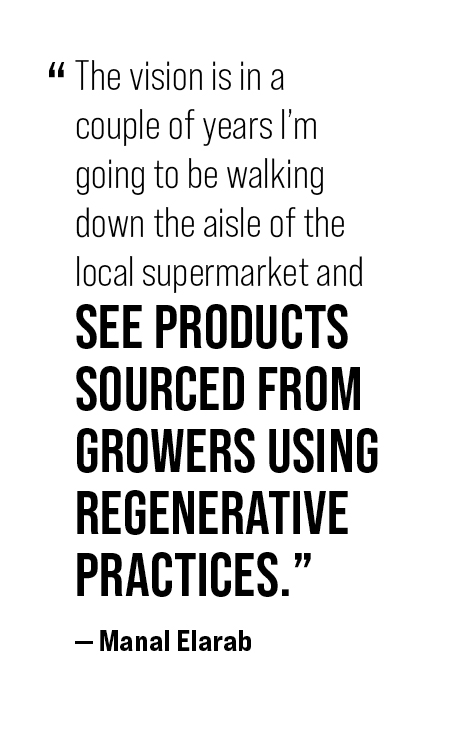
“I got a lot of experience working in a team setting with my AggieAir colleagues to achieve something bigger than the individual,” she says.
The work she did to solve real-world problems with individuals from a variety of backgrounds made it clear to Elarab that she wanted to work in industry after graduation. This is in large part because the global food system is responsible for a significant chunk of annual greenhouse gas emissions — a 2021 study found it may be up to 37%. The Intergovernmental Panel on Climate Change suggests reducing agricultural emissions is an important part of climate change mitigation.
This can be achieved through precision agriculture and regenerative agriculture techniques. Precision agriculture allows farmers to produce food more efficiently and reduce waste associated with nutrient runoff and additional greenhouse gas emissions. Regenerative practices can help build soil health, which reduces emissions, and help sequester carbon in soil.
Elarab’s first job after graduating was working at MicaSense, a precision agriculture start-up. There she got to work improving the sensors drones use to gather images of crops. She worked at MicaSense for three years, advancing sensors technology before taking her current job at Regrow Ag, a start-up that develops software solutions that empower regenerative agriculture to combat climate change.
Right now, Regrow develops products that assist food companies like General Mills, Kelloggs, and Pepsi in encouraging and supporting their growers with adopting more sustainable agricultural practices.
“This technology is able to deliver value to stakeholders across the agrifood supply chain,” Elarab says, the company’s chief operating officer. “Everybody wins.”
Her company helps organizations identify the places along their supply chains where they can use regenerative agriculture to reduce greenhouse gas emissions. Regrow also builds programs that empower growers to adopt sustainable farming practices. The company then monitors, reports on, and verifies the implementation of those practices.
For Elarab, this mission and the environmental impact of her work is the most rewarding part of her job. Regrow builds solutions with one mission in mind: to make regenerative agriculture ubiquitous on every acre, across the globe.
“The vision is in a couple of years I’m going to walk down the aisle of the local supermarket and see products sourced from growers using regenerative practices and know that Regrow’s technology-enabled them to be the best stewards of their land,” Elarab says.



